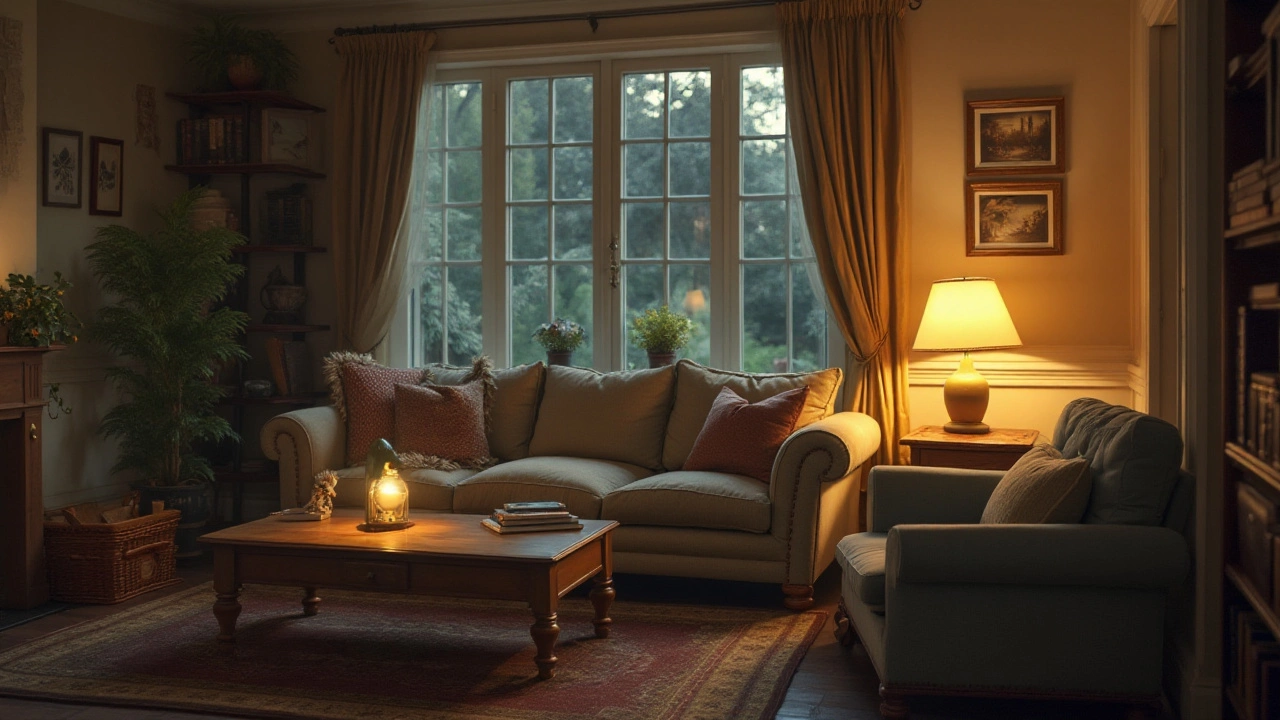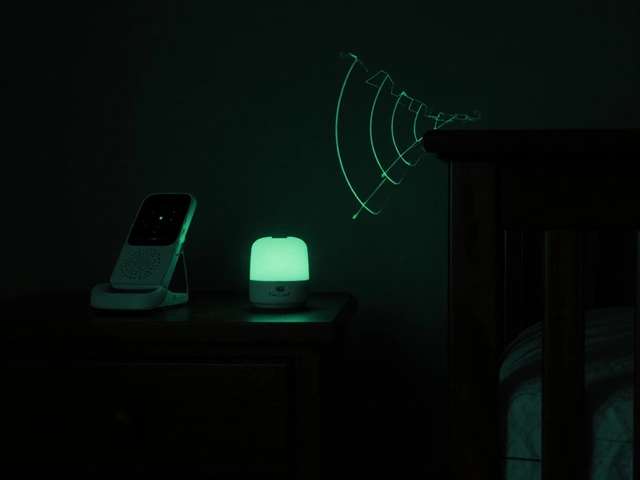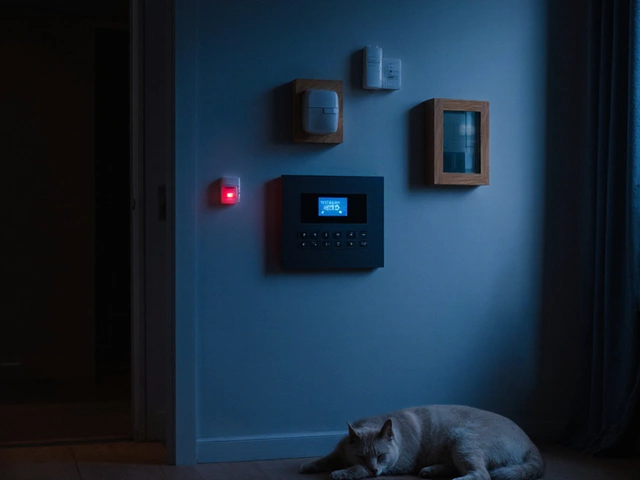Digital Surveillance: Your Guide to Smarter, Safer UK Homes
Want to see what’s happening around your house without being glued to a screen? Digital surveillance makes that possible. From video doorbells that tell you who’s at the door to motion sensors that flash the moment a window opens, the right gadgets give you peace of mind while you go about your day.
Choosing the Right Gear for Your Property
First, think about where you need eyes. Front doors benefit from a smart doorbell—wired for power stability or battery‑run for easy fit. If you have a garden or side gate, a weather‑proof outdoor camera with night vision covers blind spots. Inside, a Wi‑Fi security camera lets you peek at rooms from your phone, but pick a model with local storage if you worry about cloud privacy.
Battery life matters. Doorbells that run on a 10,000 mAh pack last months, but heavy traffic can cut that down. Look for devices that let you swap batteries without taking down the whole unit. For permanent fixtures, a low‑voltage transformer (typically 16‑24 V in the UK) supplies steady power and avoids frequent charging.
Installation Tips and Common Pitfalls
Most smart doorbells need a transformer that matches the device’s voltage. Use a multimeter to check your existing wiring before you start. If you’re not comfortable with live wires, hire a certified electrician—better safe than sorry.
Wi‑Fi cameras need a strong signal. Test your router’s range with a phone app; a weak spot may need a Wi‑Fi extender or a wired Ethernet backhaul. Remember that thick walls and metal doors can block signals, so place the router centrally if possible.
Don’t forget the chime. Some UK doorbells require a compatible indoor chime that can handle the video doorbell’s signal. A mismatch may cause delayed alerts or no sound at all.
Privacy rules in the UK protect neighbours from unwanted filming. Point cameras away from public footpaths and avoid recording audio if you’re not sure about consent. Many modern devices let you set a “privacy zone” to blur out areas you don’t want to capture.
Once everything’s up, sync each device to the same app. Most brands offer a unified dashboard where you can view live feeds, set motion zones, and receive push notifications. Take a few minutes to adjust motion sensitivity—too high and you’ll get alerts from passing cats; too low and real threats might slip through.
Finally, test your system. Ring the doorbell, walk past the cameras, and trigger motion sensors. Make sure alerts reach your phone instantly and that recordings save correctly, either on the cloud or locally.
Digital surveillance isn’t just about gadgets; it’s about building a reliable safety net that works for your lifestyle. With the right choices and a bit of setup, you’ll know what’s happening at home, wherever you are.



